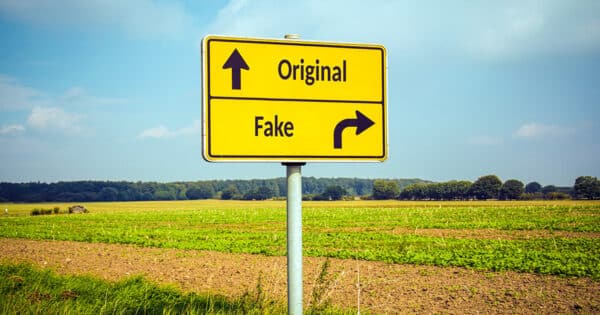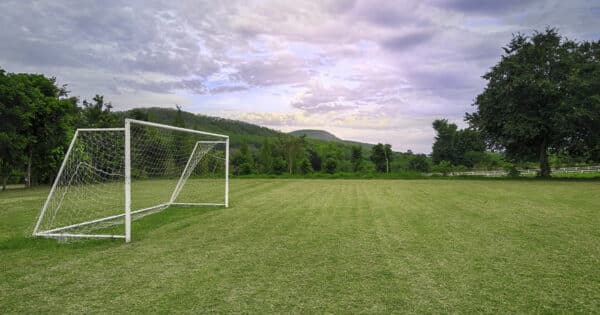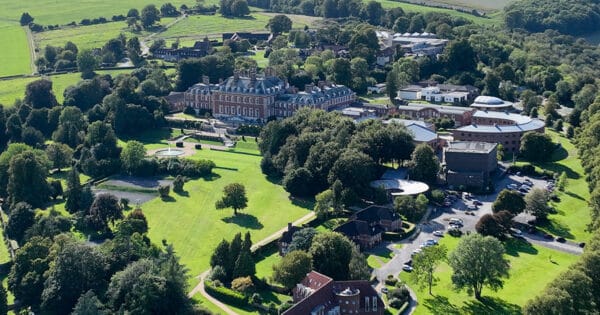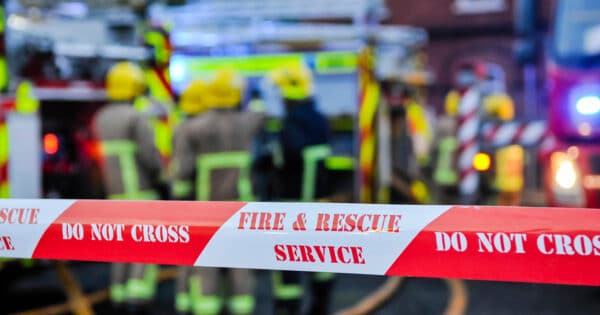Strokes can happen to anyone, anywhere, anytime. One in four of us will have a stroke in our lifetime, but most can be prevented. There are risk factors that increase our chances of suffering a stroke. It is important to understand our risk and the steps we can take to reduce it. World Stroke Day aims to highlight the serious nature and high rates of stroke, raise awareness of the prevention and treatment of the condition, and ensure better care and support for survivors. The annual event was started in 2006 by the World Stroke Organisation (WSO), the only global body solely focused on strokes. On World Stroke Day, organisations around the world facilitate events which emphasise the need for education of the condition and drive initiatives to improve the damaging effects of stroke worldwide.
At Moore Barlow, we are acutely aware of the devastating impact that a stroke can have. The injury to the brain caused by a stroke can lead to widespread and long-lasting problems. Although some people may recover quickly, many people who have a stroke need long-term support to help them regain as much independence as possible. Stroke survivors and their family members can find this process very difficult to deal with. Sudden death by stroke can deprive family members of that opportunity to say goodbye and many will need support as they grieve the loss of their loved one.
This year on World Stroke Day, we support the aim to raise awareness and ensure people are informed about strokes, how to spot them and how to prevent them.
What is a stroke?
The blood supply to the brain is delivered by a complex network of arteries and veins. This blood supply brings the brain oxygen and nutrients in order to function properly. A stroke occurs when the blood supply to a part of the brain is restricted or cut off causing the brain cells to die and leading to various degrees of brain injury, disability and sometimes even death.
There are two main types of stroke. The most common type is called an ‘ischaemic’ stroke and is caused when the blood supply to part of the brain is cut off as a result of a clot. A less common type is a ‘haemorrhagic’ stroke and is caused when a weakened blood vessel in the brain ruptures.
Some people may also suffer what is known as a transient ischaemic attack (TIA) or mini stroke when the interruption of the blood supply is temporary. It may cause similar symptoms to a stroke which then resolve usually after a few minutes. A TIA is a warning sign that a stroke may occur so urgent medical treatment should still be sought so appropriate treatment can be provided to minimise the chance of a stroke occurring.
Who is at risk of a stroke?
Strokes occur more commonly as a person ages but may also occur in young adults and children. There are certain conditions that increase the risk of having a stroke including the following:
- High blood pressure (hypertension)
- Diabetes
- High cholesterol
- Abnormal heart rhythm (atrial fibrillation)
- Smoking
- Increasing age
Ensuring that you and your loved ones are informed about the risk of having a stroke is so important. Our helpful Stroke Factsheet 2020 provides further information on stroke symptoms, diagnosis, treatment and where to obtain further support.
Our clinical negligence team are experienced in dealing with stroke claims if there has been a delay in diagnosing or treating a stroke. We understand that bringing a claim is not an easy decision to make but if you have concerns about your own treatment or that of a loved one, please do call us for an initial discussion.







